Mozambique: AzgoDialogar' forum brings together cultural agents in Maputo
Portuguese speaking artists feature in Paris art fair Also Known As Africa
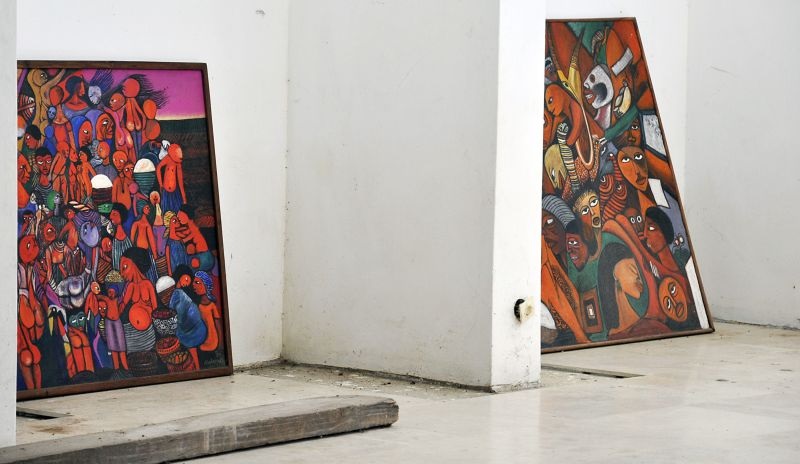
Photo - Lusa
Works by Portuguese-speaking artists such as Malangatana, Shikani, Reinata Sadimba, Mário Macilau, Francisco Vidal, António Olé and José Chambel are being exhibited at the Also Known As Africa (AKAA) fair in Paris, which until last Sunday hosted galleries dedicated to the different facets of African art.
“Portuguese-speaking artists are always very well received,” AKAA founder Victoria Mann told Lusa. “They have been present since our first edition. These artists have a place in France, where there is increasing interest in them.”
The fair brought together at the Carreau du Temple, in the 3rd arrondissement of Paris, 40 art galleries representing around 140 artists, among them more than 20 of Portuguese-speaking origin. Of the galleries that decided to attend this sixth edition of the event, there are four from Portuguese-speaking countries: Perve, Movart, This Is Not A White Cube, and Krystel Ann Art.
This represents a significant bet by the gallery owners, in face of laggard investment in the Portuguese-speaking arts world compared to the French- and English-speaking examples.
“An important presence begins to be noted, but there is an unequal space,” said Graça Rodrigues, artistic director of the gallery This Is Not A White Cube, with spaces in Lisbon and Luanda. “In the Francophone and Anglophone space, for a long time now from an academic and political point of view, there has been an agenda to promote these artists and investment. In the Portuguese-speaking space, there has been a great lack of means, investment is short and it is the structures that come to this type and fairs that end up breaking the path.”
This gallery brought to Paris works by Angolan artist based in London, Alida Rodrigues, Luís Damião, an Angolan artist who is currently in France on an artistic residency, and Francisco Vidal, a Portuguese-Angolan artist who is exhibiting works from his series on cotton flowers, including an installation.
The lack of knowledge of Portuguese-speaking artists is still a problem, even for the most famous artists, according to Carlos Cabral Nunes, artistic director of the Perve gallery.
“The problem with Lusophony and Portuguese-speaking reference artists, with the exception of Brazil, is that, for us, they are known figures, but internationally they are unknown,” he observed.
For AKAA, Perve chose three generations of Portuguese-speaking artists, with works by the Mozambicans Malangatana Shikani, Reinata Sadimba and Cape Verdean, Tchalé Figueira.
Perve also curates the first international retrospective of São Tomé photographer José Chambel, presenting a new studio series with a collection spanning more than 30 years.
“His work was produced over the last 30 years and, now, he has developed a series called `The Minister`, which is like a conclusion and touches on a series of themes. From the outset they are distinct photographs, because they are studio photographs, The Minister appears with a tie, which is a chain, a yoke, and this leads us to think of the new contemporary slavery, the imprisonment of peoples in Africa through this figure of the minister or the minister also being a slave of something,” Carlos Cabral Nunes explains.
The exhibition, in a reserved area of the fair, was accompanied by a performance by the artist, who photographed the visitors arrested by the yoke, delivering his works in physical or digital format through NFT, the digital currency of the art world.
The fair also marks the return of physical contact with customers, after a year when the pandemic necessarily limited contact.
“The French market is bigger than the Portuguese market, and we think it is important to make these artists known in France,” said Janire Bilbao, founder and director of Movart. “We love Paris because it currently has less bureaucracy than London, because of Brexit, and we have many clients and contacts here. These fairs are very important for our artists.”
For the Paris AKAA Movart brought works by São Toméan Kwame Sousa, Mozambican Mário Macilau, and Angolans António Olé and Keyezua, with a series of photographs representing African women, The Great Maman.
The Krystel Ann Art gallery, based in Cascais, brought to the fair Letícia Barreto, a Brazilian artist and art teacher who lives in Portugal.
The fair will now start to open its doors not only to African artists, but to all artists with links to Africa, an opportunity for Portuguese-speaking diaspora and Brazilian artists to also participate in future editions.
“Now what interests us is not the artist’s geography, it’s his ties to the continent, which can be built in very different ways. It can be an identitarian and cultural tie, but it can also be a place of heritage and memory,” Victoria Mann concluded.


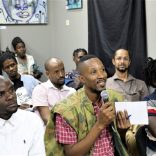


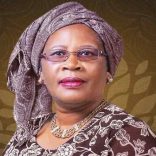
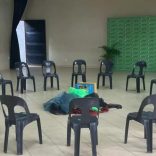
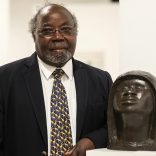
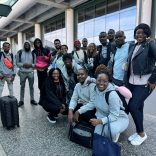

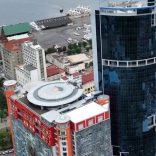
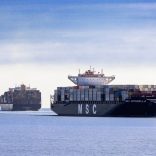

Leave a Reply
Be the First to Comment!
You must be logged in to post a comment.
You must be logged in to post a comment.